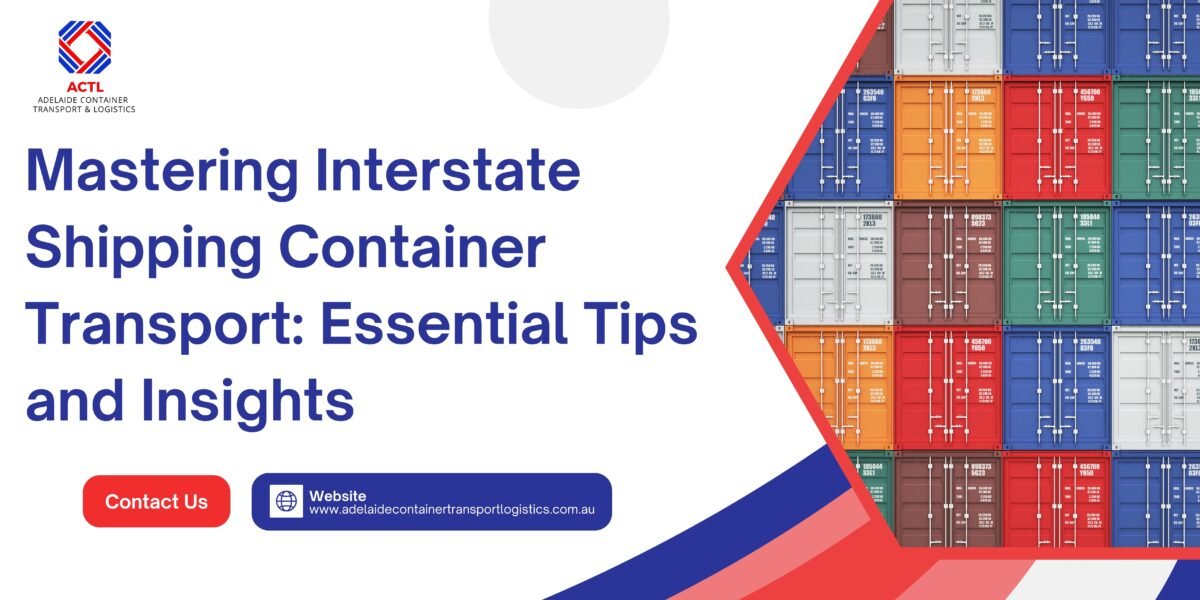Navigating the complexities of interstate shipping container transport can be daunting. Whether you’re a business owner expanding your reach or an individual planning a significant move, understanding the intricacies of container transport is crucial. This guide offers valuable insights, practical…

Mastering Interstate Shipping Container Transport: Essential Tips and Insights
Read more
